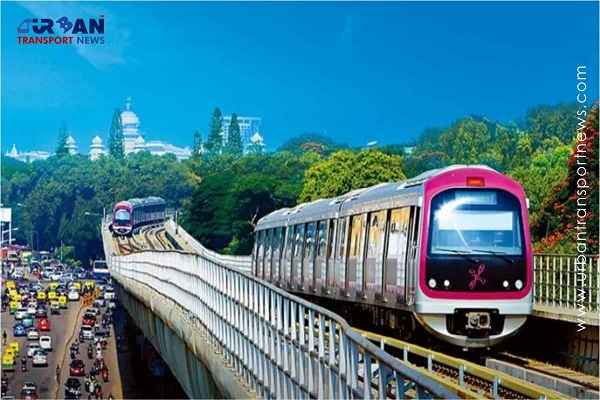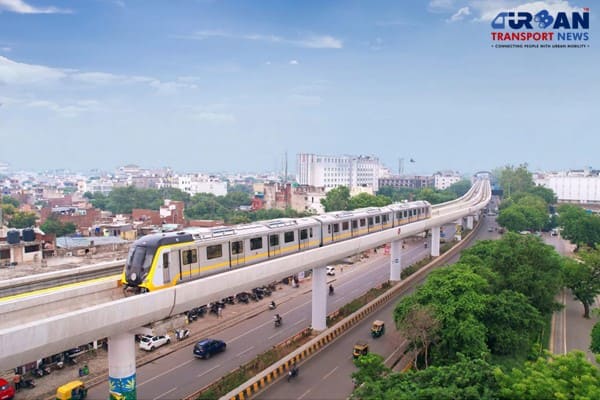In Bengaluru, discussions about expanding the Metro rail network to the city's outskirts and neighboring districts have sparked debates on the most effective means of enhancing transportation infrastructure. While expanding Metro lines to distant suburbs remains appealing, concerns persist regarding feasibility and suitability. This article delves into the contrasting viewpoints surrounding Metro expansion and advocates for embracing the Regional Rapid Transit System (RRTS) as a more efficient and cost-effective solution to the city's growing transportation needs.
Metro Expansion Plans
Namma Metro and the Bangalore Metro Rail Corporation Limited (BMRCL) have proposed extending Metro lines to suburban areas like Bidadi, Harohalli, Attibele, and Kunigal Cross. Dr. Ashish Verma, Convenor of the Sustainable Transportation Lab at the Indian Institute of Science (IISc), notes, "Metro as an option, I feel, is misplaced." Rajkumar Dugar, a seasoned suburban rail analyst and campaigner, points out, "Presently, the elevated Metro costs about ₹300 Crore per kilometer." Longer commute times and operational challenges detract from the feasibility of Metro expansion projects.
The ambitious expansion plans of Namma Metro have received mixed reactions from urban planners, policymakers, and citizens alike. While proponents argue that extending Metro lines will improve accessibility, reduce congestion, and promote economic development in underserved areas, critics raise valid concerns about the high costs, long construction timelines, and limited capacity of Metro systems to cater to the needs of sprawling metropolitan regions.
The Case for Suburban Rail and RRTS
Dr. Verma emphasizes the importance of exploring alternatives like suburban rail and RRTS. He argues that "Metro is meant for short distances within the city, not for such long distances." The Bengaluru Suburban Rail Project (BSRP) offers a practical solution for enhancing regional connectivity at a fraction of the cost of Metro expansion. Rajkumar indicates, "The Mallige corridor itself will cost about Rs. 115 crore per kilometer."
The Regional Rapid Transit System (RRTS) emerges as a compelling alternative to Metro expansion, offering dedicated, high-speed services tailored for longer distances. The Delhi-Meerut RRTS (RapidX) project’s Priority Corridor commenced its commercial operations on October 21, 2023. With trains designed for speeds of up to 160 kmph and fewer stops, the RRTS promises to significantly reduce travel times and improve connectivity between urban centers and suburban areas.
Challenges with Metro Expansion
While Metro expansion projects hold the promise of transforming urban transportation and fostering economic growth, they are not without challenges. The high costs associated with land acquisition, construction, and operation pose significant financial burdens on government agencies and taxpayers. Rajkumar Dugar points out, "Presently, the elevated Metro costs about ₹300 Crore per kilometer." Longer commute times and operational challenges detract from the feasibility of Metro expansion projects.
Furthermore, the construction of Metro lines often entails disruptions to existing infrastructure, traffic congestion, and environmental concerns. Balancing the need for rapid urban development with sustainability and livability considerations remains a daunting task for city planners and policymakers.
Suburban Rail Project
The Bengaluru Suburban Rail Project (BSRP) offers a pragmatic approach to addressing the transportation needs of the growing metropolitan region. With a focus on enhancing connectivity between urban centers and surrounding towns, the BSRP aims to provide affordable, reliable, and efficient commuter services.
Rajkumar Dugar highlights the cost-effectiveness of the BSRP, stating, "The Mallige corridor itself will cost about Rs. 115 crore per kilometer." By leveraging existing railway infrastructure and corridors, the BSRP minimizes the need for extensive land acquisition and construction, thereby reducing project costs and timelines.
Rail and Regional Development
High-speed rail connectivity, as evidenced by studies conducted by IISc, has the potential to stimulate economic growth and development across regions. Dr. Ashish recalls, "We did a study based on a hypothetical introduction of a high-speed train between Bengaluru and Challakere." The study demonstrated the significant positive impacts of high-speed rail on regional connectivity, accessibility, and economic productivity.
By facilitating faster and more efficient movement of goods, services, and people, high-speed rail infrastructure can catalyze investment, create job opportunities, and promote inclusive development initiatives. Additionally, improved connectivity between urban centers and rural areas can spur innovation, entrepreneurship, and tourism, contributing to overall prosperity and well-being.
As Bengaluru grapples with the imperative of expanding its transportation infrastructure, a nuanced evaluation of Metro expansion vis-à-vis alternative transit systems becomes imperative. While Metro projects promise localized benefits, the long-term sustainability and efficacy of investments in suburban rail and RRTS systems merit closer consideration. Prioritizing initiatives like the Bengaluru Suburban Rail Project offers a pragmatic pathway towards enhancing regional connectivity and fostering sustainable urban development.
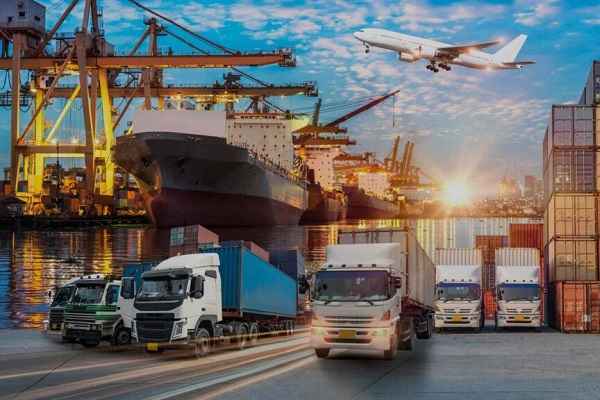 How Weigh-in-Motion Systems Are Revolutionizing Freight Safety
How Weigh-in-Motion Systems Are Revolutionizing Freight Safety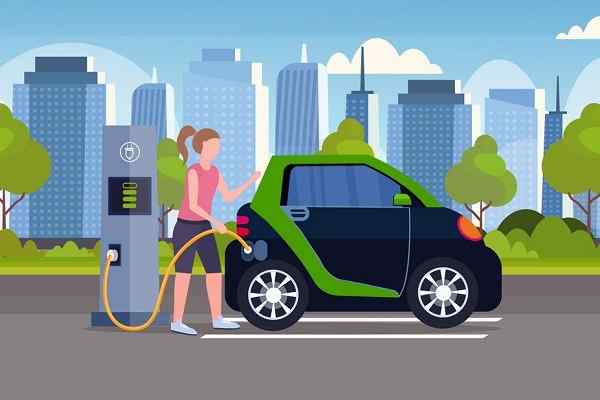 Women Powering India’s Electric Mobility Revolution
Women Powering India’s Electric Mobility Revolution Rail Chamber Launched to Strengthen India’s Global Railway Leadership
Rail Chamber Launched to Strengthen India’s Global Railway Leadership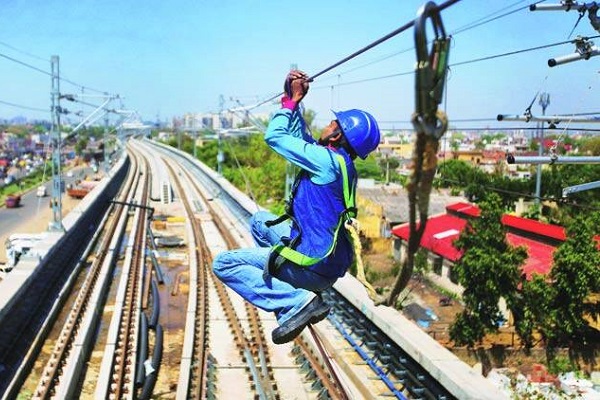 Wage and Hour Enforcement Under the Massachusetts Wage Act and Connecticut Labor Standards
Wage and Hour Enforcement Under the Massachusetts Wage Act and Connecticut Labor Standards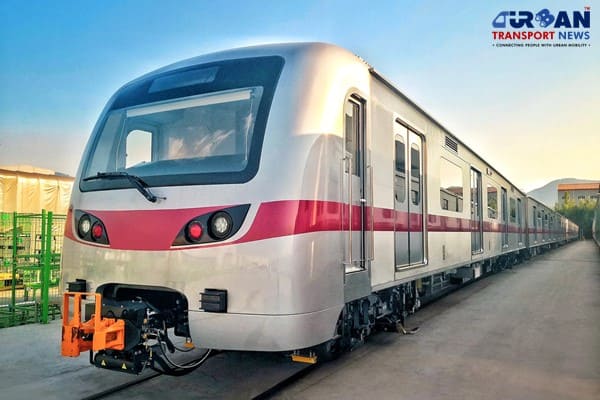 MRT‑7: Manila’s Northern Metro Lifeline on the Horizon
MRT‑7: Manila’s Northern Metro Lifeline on the Horizon Delhi unveils ambitious Urban Mobility Vision: Luxury Metro Coaches, New Tunnels and Pod Taxi
Delhi unveils ambitious Urban Mobility Vision: Luxury Metro Coaches, New Tunnels and Pod Taxi Qatar approves Saudi Rail Link Agreement, Accelerating Gulf Railway Vision 2030
Qatar approves Saudi Rail Link Agreement, Accelerating Gulf Railway Vision 2030 UP Govt plans to introduce Water Metro services in Ayodhya, Varanasi & Prayagraj
UP Govt plans to introduce Water Metro services in Ayodhya, Varanasi & Prayagraj India’s First Urban Ropeway begins Trial Run in Varanasi, Set to carry 1 Lakh passengers daily
India’s First Urban Ropeway begins Trial Run in Varanasi, Set to carry 1 Lakh passengers daily India and Bhutan to Build First-Ever Rail Link: ₹4,033 Cr Project to Boost Regional Connectivity
India and Bhutan to Build First-Ever Rail Link: ₹4,033 Cr Project to Boost Regional Connectivity